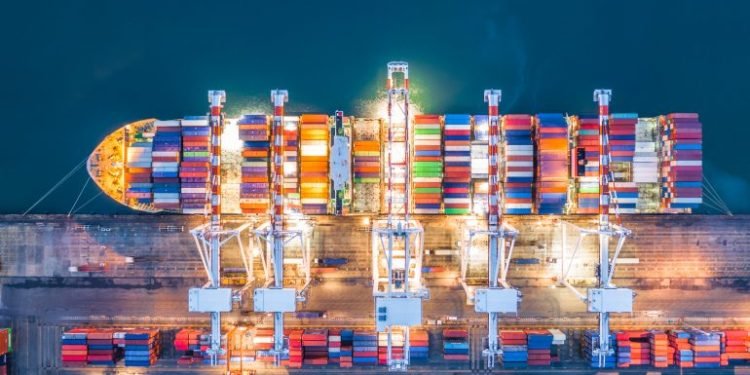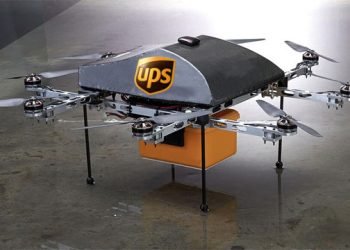By Eva Richardson | Published on April 4, 2025
Amid a rapidly evolving financial services landscape and rising demand for high-security transport, the North American secure logistics market is charting a robust growth path. A new industry report projects the market will grow from $13.49 billion in 2021 to $20.42 billion by 2028, representing a compound annual growth rate (CAGR) of 6.1% over the forecast period.
The sector’s expansion is being driven by a convergence of factors—including financial sector diversification, regulatory transformation, and government-led support for MSMEs—all of which are reshaping the region’s demand for safe and resilient logistics services.
A New Financial Era Demands Stronger Security
With the rise of non-banking financial companies, payment banks, and the diversification of pension funds and mutual funds, the financial sector is becoming more fragmented and digitally agile. But this diversification also comes with increased operational risks, particularly when it comes to the physical movement of currency, high-value documents, and sensitive assets.
“In the age of instant digital payments, physical assets still need to be secured with military-grade precision,” said Miguel Aranda, a logistics security analyst based in Toronto. “Whether it’s transporting ATM cash, handling critical infrastructure parts, or moving gold reserves, the physical security layer is irreplaceable.”
The report underlines that the cash management segment remains the dominant application within the secure logistics sector, a reality often overlooked in today’s digital-first narrative. Despite the rise of mobile and contactless transactions, cash usage—particularly in underserved communities and in crisis scenarios—continues to drive demand for robust and reliable logistics infrastructure.
Mobile Secure Logistics Takes the Lead
From armored vehicles to AI-enabled route tracking, the mobile segment accounted for the largest market share in 2020 and is expected to maintain its dominance. Companies are investing in real-time surveillance, remote locking systems, and fleet management tools to modernize mobile secure logistics and reduce the risk of interception or tampering.
At the same time, the integration of IoT sensors and biometric authentication systems is enabling more granular control over asset handling and access authorization during transportation.
“With geopolitical instability and rising organized crime risks, secure transport is no longer just about brute force—it’s about digital fortification and predictive logistics,” added Aranda.
Public Sector Incentives, Private Sector Demand
One often-overlooked catalyst of growth in this sector is the government’s proactive support for Micro, Small, and Medium Enterprises (MSMEs). As governments increase access to credit and financial inclusion, more institutions—especially in rural and remote regions—require cash handling, verification, and secure delivery services.
This expansion of the financial services network, especially in the U.S. and Canada, directly fuels the need for reliable, scalable, and secure logistics operations that can function across both urban and decentralized regions.
Competitive Landscape: Leaders and Innovators
The market remains competitive, with several established players and regional specialists positioning themselves for expansion. Leading companies include:
-
Brink’s Incorporated
-
Loomis AB
-
GardaWorld
-
G4S Limited
-
Prosegur
-
Securitas AB
-
Allied Universal
-
Secure Logistics LLC
-
Serco Group PLC
These firms are increasingly focused on end-to-end solutions that integrate transport, digital monitoring, warehousing, and compliance management. Mergers and acquisitions are also reshaping the competitive field as larger players absorb niche service providers to strengthen last-mile capabilities or enter new markets.
Outlook: A Sector at the Crossroads of Trust and Technology
As financial crime becomes more sophisticated and regulatory pressures increase, secure logistics is transitioning from a support function to a strategic enabler of economic infrastructure. Companies that can deliver scalable, tech-enabled, and cost-efficient security solutions will be best positioned to thrive.
The years ahead will likely see even more integration of AI, predictive analytics, and real-time digital verification into secure logistics operations, turning armored trucks and safekeeping vaults into mobile data platforms as much as physical fortresses.
“The industry isn’t just moving money—it’s moving trust,” said Aranda. “And in today’s world, trust is the most valuable cargo of all.”























